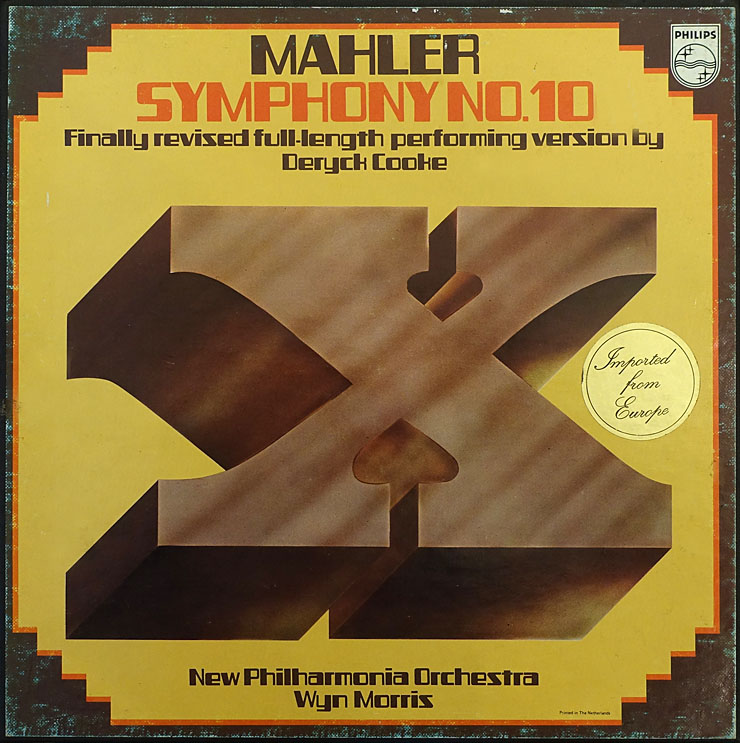Gustav Mahler conducted Beethoven’s Ninth Symphony on ten occasions: in Prague, Hamburg, Vienna, Strassburg and New York. For the last seven of these performances he prepared and used his own score and orchestral parts. I have transcribed and edited these materials...
The Naked Note in the Scherzo of Mahler’s Fifth Symphony
While it might be expected to confer great benefits in the case of a composer whose watchword was clarity, the adoption of spot microphones in modern audio recording has often resulted in grossly distorted balances. Mahler's post-publication changes to his scores reflect his experience in the concert hall; and in recordings, when microphones are placed close to woodwind, harps and percussion instruments, it is sometimes helpful to know what his first thoughts were in order to establish the balance that he sought for the instrument. A good case is the one-note entry of the clarinets in bar 397 of the Scherzo of his Fifth Symphony. This note (E) is nothing more than the completion of the piano E minor arpeggio in the first violins. In the original manuscript Mahler instructs the first clarinet to play mezzo forte for reasons of balance, since the player is near the back of the orchestra.

In the first published edition of the score the note is assigned to two clarinets, but by the second edition we find three clarinets, and they are marked fortissimo. While this undoubtedly sounded fine in the concert hall when Mahler made the change, the ludicrously comic effect that a close-miked clarinet section produces on many recordings with this one note is quite amazing.

The above examples are expanded from David Pickett’s essay in the book Perspectives on Gustav Mahler, edited by Jeremy Barham and published by Ashgate Press, 2005.
Rev. 9 Nov 2018





